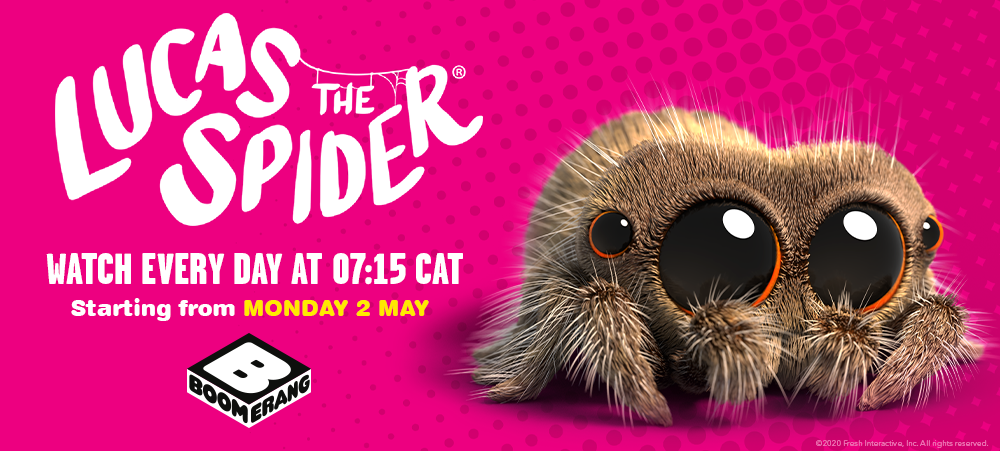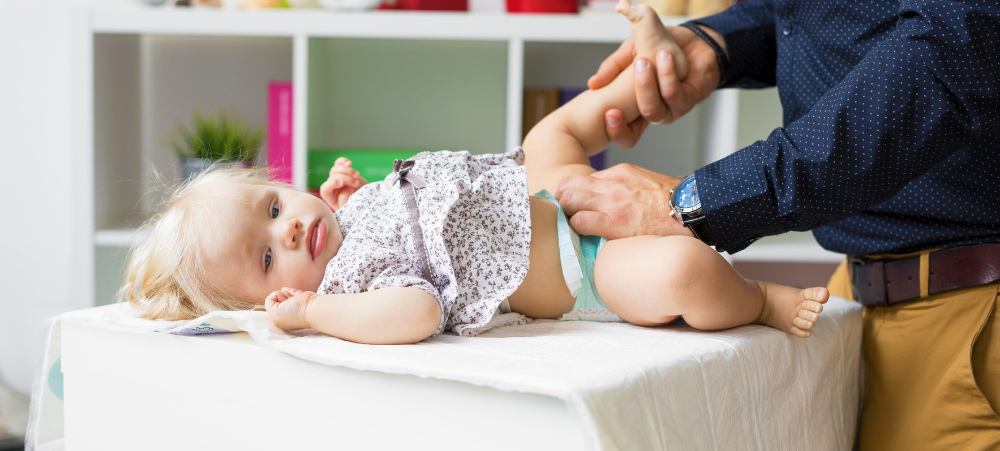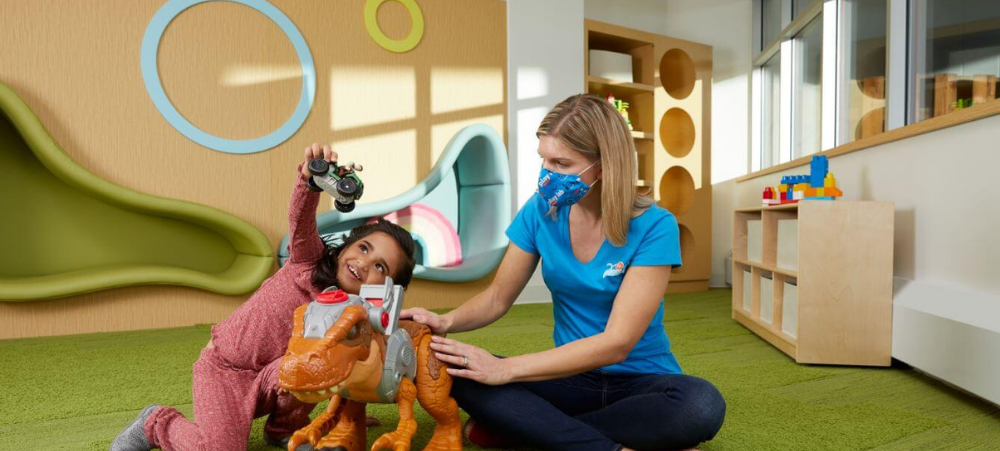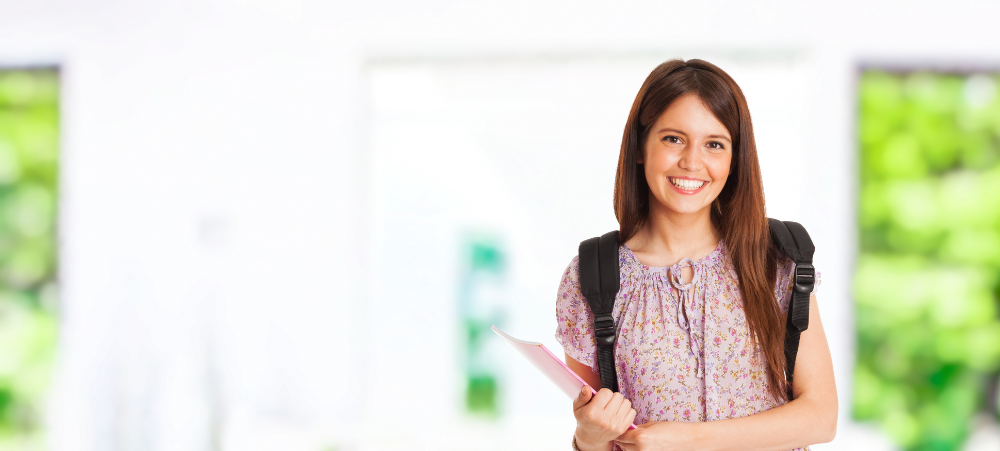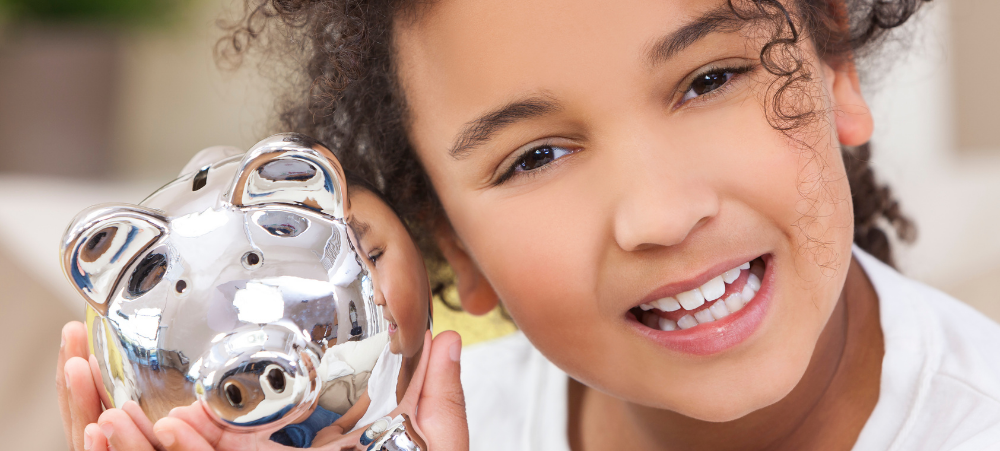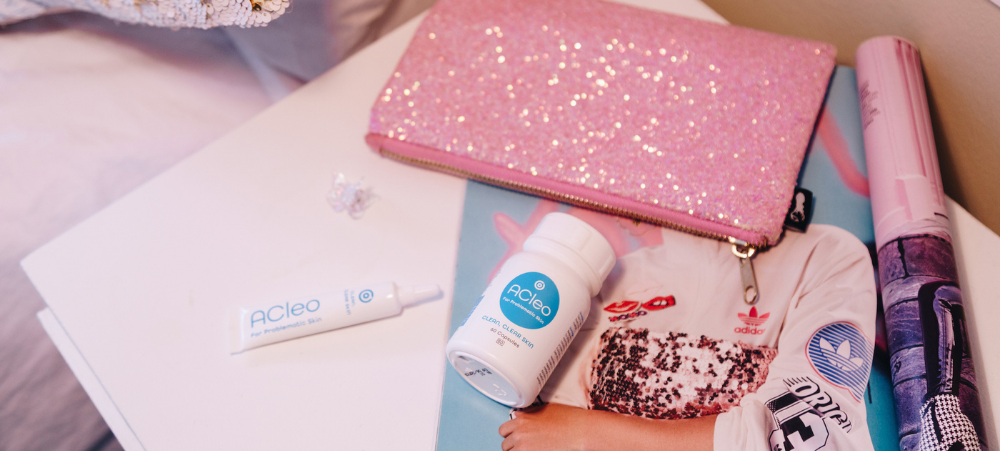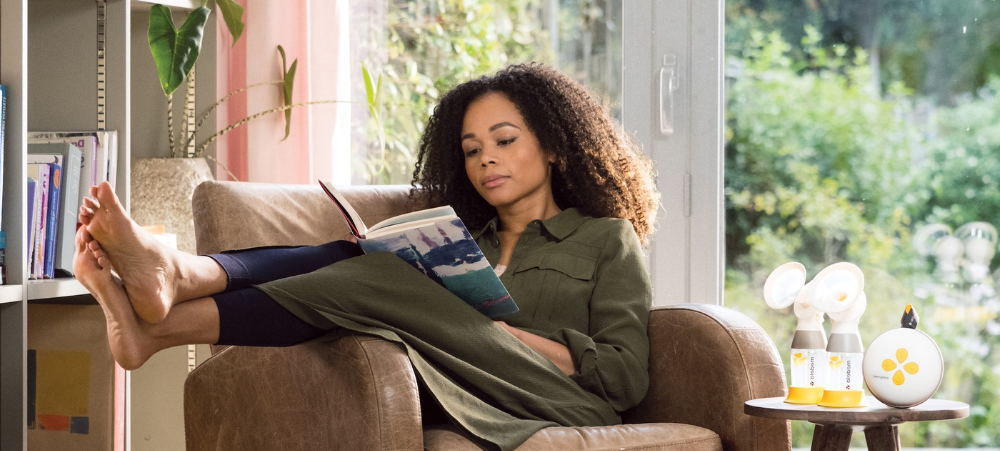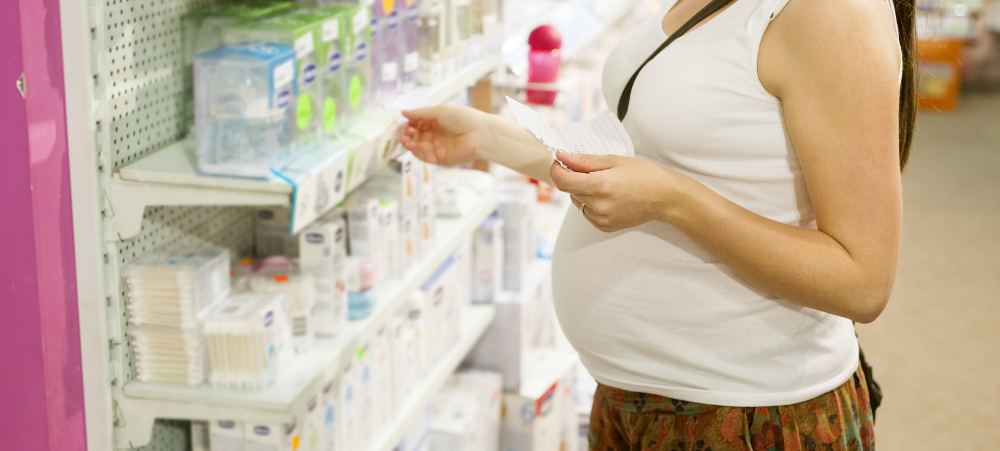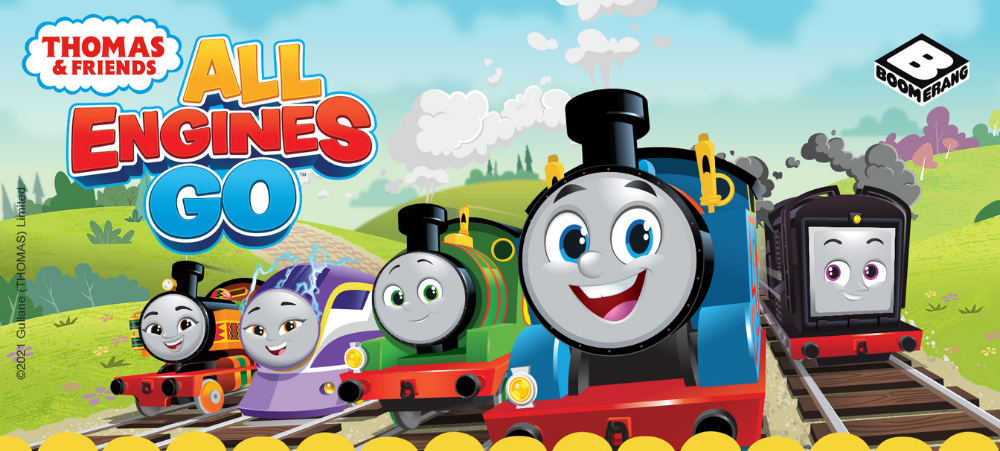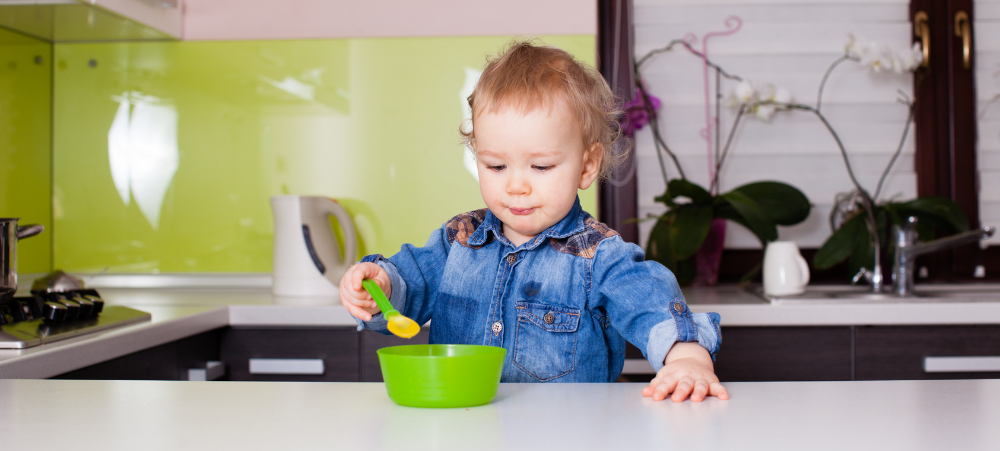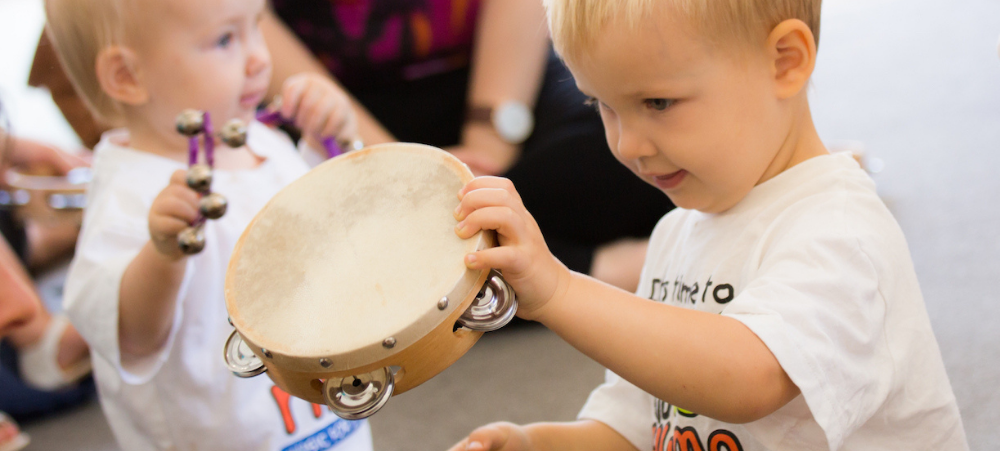
MUSIC MATTERS in your little one’s development!
As parents, we want what’s best for our children. This means that we want them to be healthy and develop holistically. We want to give them the best possible chance to thrive! I don’t know about you, but I often feel bombarded with information. It can be quite overwhelming at times! If you’re feeling like that already, I certainly don’t want to add to that as you read this! But, I do want to share something of my passion for one of the oldest activities known to humanity – MAKING MUSIC. Since the dawn of time Music has been around since the dawn of time. The oldest piece of evidence for this was discovered by archaeologists in a cave in southern Germany – a 42,000-year-old flute made from the wing of a vulture. One doesn’t need to be a scientist or educator to know the enormous impact that music has on children. From a little baby beginning to sway or babble along to music, to a toddler dancing and singing, to a pre-schooler playing a simple instrument … the list goes on! Music is a phenomenal teaching tool … but what’s going on in a child’s brain when they’re engaged in music-based activities? What does Neuroscience tell us? With significant progress in the field of Neuroscience over the past decade, there is now more and more data available to review. Functional MRI scans allow neuroscientists to see what’s happening in the brain, when engaged in various activities. What they’re learning, is that music is the one activity that lights up all areas of the brain simultaneously – effectively giving the brain the equivalent of a full body workout! (For more reference material or research on this, look at the work of Dr Anita Collins www.anitacollinsmusic.com and the work of Dr Nina Kraus at the Auditory Neuroscience Laboratory www.brainvolts.northwestern.edu, amongst many others). The research is very exciting, because it confirms what parents and educators have witnessed all along – that intentional musical activities are powerful tools for learning and development. There are many, many ways that music exercises the brain – these are my top 5: 1 MEMORY Music has a way of embedding information into our memory in a powerful way – not just the information, but often the circumstances as well. For example, you may struggle to remember a poem, but as soon as it’s put to music, you can recall it really easily. Music acts like the brain’s search engine! It connects the dots between experiences, information and emotions. That’s why when you hear a familiar song, you won’t just remember the song itself, you’ll often remember other details too – where you were when you first heard the song, who you were with, and how you felt! This makes music a powerful tool for learning! It can be used to embed learning and experiences into a child’s brain in a positive and safe way, which the child can then recall at a later stage. 2 LANGUAGE and LISTENING Music connects with the language centre of the brain. It’s also a powerful tool to increase vocabulary, strengthen auditory processing, extend speech and build tools for early literacy – skills needed for learning to read at a later stage. 3 EMOTIONS Music has the ability to make us feel a certain way because it connects us with our emotions. One poet said that “music is what feelings sound like”. This means that music can be used, not only to help children identify and express their emotions but to give them the tools to help them to regulate their responses. These are the building blocks of developing emotional intelligence. 4 MOVEMENT Music was made for movement. Intentional movement to music promotes fine and gross motor skills, as well as hand-eye co-ordination. All of this stimulates oxygen flow to the brain, setting up the brain to concentrate and learn. 5 SOCIAL SKILLS All team-based activities promote social skills such as working together, sharing, etc. However, music is unique, because we can incorporate emotional awareness into the social aspects – especially sensitivity and consideration to those around us. Just like a group of instruments playing together is full of unique and beautiful sounds, they need to work together with sensitivity and emotional awareness, for the greater good. Some ideas to include more music in your child’s life Music-based learning matters! Here are some ideas for including music in your child’s daily routine: 1.Wake up your child in the morning by singing a little song / rhyme to them 2.Play music when you’re travelling to listen to together 3.Switch off screens and consider adding audio stories to your child’s “down- / rest-time”. This stimulates imagination in a way that visual resources cannot. Wriggle and Rhyme has a range of musical stories which you can access on your favourite streaming service (Apple music, Spotify, iTunes, etc.) or take a look at www.wriggleandrhyme.co.za/our-music 4.Use music to help to set a mood in your home – e.g. at bedtime, play gentle, soothing music but at playtime, play upbeat, energetic music. 5.Make singing together part of your daily time with your child. Expose them to your favourite music too – it’s not just about them! 6.Consider enrolling them for a music programme at their school, or encourage them to learn a musical instrument. You don’t have to spend a fortune! An instrument like a recorder is a cheap and easy way to get started! Whatever your circumstances or resources, make sure that you put music on the map! Because when it comes to your child’s development, MUSIC MATTERS! Wriggle and Rhyme also offers a host of unique musical stories which can be accessed on your favourite streaming platform. They also have a YOUTUBE channel where fun episodes called “MUSICAL FUN WITH FROGGY” can be found. @wrigglerhyme #wrigglerhyme YOUTUBE – Wriggle & Rhyme SA Article by Kirsty Savides Founder and Programme Director, Wriggle and Rhyme South Africa




